
Hyperbaric medicine is medical treatment in which an ambient pressure greater than sea level atmospheric pressure is a necessary component. The treatment comprises hyperbaric oxygen therapy (HBOT), the medical use of oxygen at an ambient pressure higher than atmospheric pressure, and therapeutic recompression for decompression illness, intended to reduce the injurious effects of systemic gas bubbles by physically reducing their size and providing improved conditions for elimination of bubbles and excess dissolved gas.
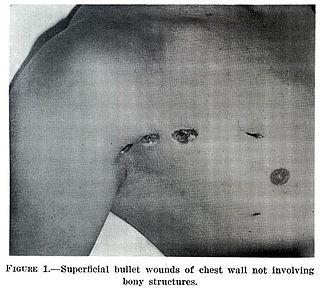
A wound is a rapid onset of injury that involves lacerated or punctured skin, or a contusion from blunt force trauma or compression. In pathology, a wound is an acute injury that damages the epidermis of the skin. To heal a wound, the body undertakes a series of actions collectively known as the wound healing process.
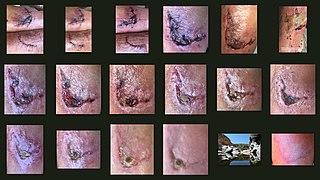
Wound healing refers to a living organism's replacement of destroyed or damaged tissue by newly produced tissue.

Pressure ulcers, also known as pressure sores, bed sores or pressure injuries, are localised damage to the skin and/or underlying tissue that usually occur over a bony prominence as a result of usually long-term pressure, or pressure in combination with shear or friction. The most common sites are the skin overlying the sacrum, coccyx, heels, and hips, though other sites can be affected, such as the elbows, knees, ankles, back of shoulders, or the back of the cranium.

Venous ulcer is defined by the American Venous Forum as "a full-thickness defect of skin, most frequently in the ankle region, that fails to heal spontaneously and is sustained by chronic venous disease, based on venous duplex ultrasound testing." Venous ulcers are wounds that are thought to occur due to improper functioning of venous valves, usually of the legs. They are an important cause of chronic wounds, affecting 1% of the population. Venous ulcers develop mostly along the medial distal leg, and can be painful with negative effects on quality of life.
A chronic wound is a wound that does not heal in an orderly set of stages and in a predictable amount of time the way most wounds do; wounds that do not heal within three months are often considered chronic. Chronic wounds seem to be detained in one or more of the phases of wound healing. For example, chronic wounds often remain in the inflammatory stage for too long. To overcome that stage and jump-start the healing process, a number of factors need to be addressed such as bacterial burden, necrotic tissue, and moisture balance of the whole wound. In acute wounds, there is a precise balance between production and degradation of molecules such as collagen; in chronic wounds this balance is lost and degradation plays too large a role.

Negative-pressure wound therapy (NPWT), also known as a vacuum assisted closure (VAC), is a therapeutic technique using a suction pump, tubing, and a dressing to remove excess exudate and promote healing in acute or chronic wounds and second- and third-degree burns. The therapy involves the controlled application of sub-atmospheric pressure to the local wound environment using a sealed wound dressing connected to a vacuum pump. The use of this technique in wound management started in the 1990s and this technique is often recommended for treatment of a range of wounds including dehisced surgical wounds, closed surgical wounds, open abdominal wounds, open fractures, pressure injuries or pressure ulcers, diabetic foot ulcers, venous insufficiency ulcers, some types of skin grafts, burns, sternal wounds. It may also be considered after a clean surgery in a person who is obese.

A therapy or medical treatment is the attempted remediation of a health problem, usually following a medical diagnosis.
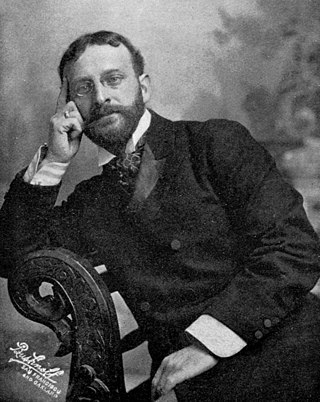
Radionics—also called electromagnetic therapy (EMT) and the Abrams Method—is a form of alternative medicine that claims that disease can be diagnosed and treated by applying electromagnetic radiation (EMR), such as radio waves, to the body from an electrically powered device. It is similar to magnet therapy, which also applies EMR to the body but uses a magnet that generates a static electromagnetic field.

A therapeutic garden or wellness garden is an outdoor garden space that has been specifically designed to meet the physical, psychological, social and spiritual needs of the people using the garden as well as their caregivers, family members and friends.
Transdermal Continuous Oxygen Therapy is a wound closure technique for chronic and acute wounds which blankets a wound in oxygen on a 24-hour basis until the wound heals. Unlike hyperbaric oxygen treatment for chronic wounds, oxygen treatment used in this therapy is not systemic in nature and treats only the wound area. This treatment differs from topical oxygen treatments, as topical oxygen typically involves sporadic treatments of 1–3 hours several times per week, while TCOT treatment is 24/7 by nature.
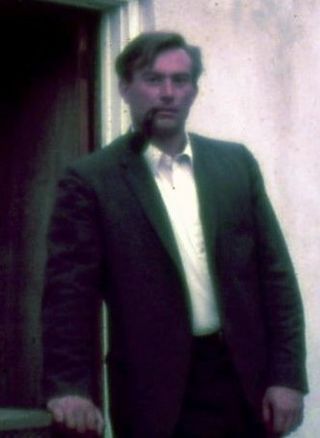
Peter Thomas DeMarco was an American physician who graduated from Albright College in Pennsylvania and achieved his doctor of medicine degree in 1957 from Hahnemann Medical College of Philadelphia, Pennsylvania.
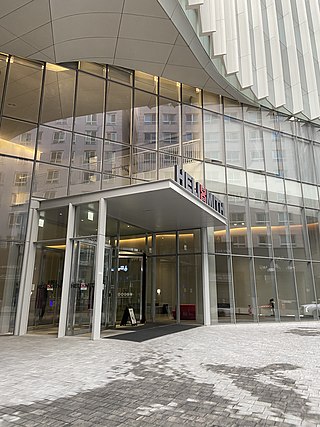
Helixmith Co. LTD. is a biotechnology company located in Seoul, South Korea with US presence in San Diego. The company has an extensive gene therapy pipeline, including a non-viral plasmid DNA program for neuromuscular and ischemic disease, a CAR-T program targeting several different types of solid tumors, and an AAV vector program targeting neuromuscular diseases. Helixmith’s lead gene is Engensis (VM202), currently in phase III diabetic peripheral neuropathy (DPN) in the US. Engensis (VM202) is a plasmid DNA designed to simultaneously express two isoforms of hepatocyte growth factor (HGF), HGF 728 and HGF 723. In addition to DPN, Engensis is also being studied in diabetic foot ulcers (DFU), amyotrophic lateral sclerosis (ALS), coronary artery disease (CAD), claudication, and Charcot-Marie-Tooth disease (CMT).
Arie S. Belldegrun, FACS, is an Israeli-American urologic oncologist, billionaire businessman and investor.
NovaBay Pharmaceuticals, Inc. is an Emeryville, California based clinical-stage biopharmaceutical company, focused on developing novel, fast-acting, synthetic anti-infectives compounds. These compounds are designed to mimic the body's defense system against infection. The company is currently focused on products for the eye care market. Major products include Avenova, cleared by FDA for lid and lash cleansing as part of a regimen for Blepharitis. and NeutroPhase, used in treatment of Necrotizing Fasciitis
Chronic wound pain is a condition described as unremitting, disabling, and recalcitrant pain experienced by individuals with various types of chronic wounds. Chronic wounds such as venous leg ulcers, arterial ulcers, diabetic foot ulcers, pressure ulcers, and malignant wounds can have an enormous impact on an individual’s quality of life with pain being one of the most distressing symptoms.

Diabetic foot ulcer is a major complication of diabetes mellitus, and probably the major component of the diabetic foot.
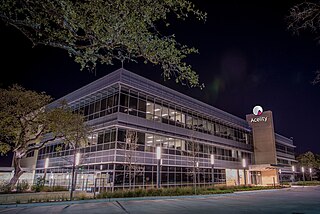
Acelity L.P. Inc., was a privately held medical device company. It was a non-operating holding company whose wholly owned subsidiaries developed advanced wound therapeutics products. The advanced wound therapeutics business was conducted by Kinetic Concepts, Inc. (KCI) and its subsidiaries, including Systagenix.
Micropore particle technology consists of fine, highly porous particles that remove fluid by a combination of capillary action and evaporation. Currently, they are mainly used in wound healing, where they absorb wound exudate into their micropore structure. Here capillary flow transports the exudate away from the wound surface towards the upper surface of the MPPT layer, where a highly expanded surface area facilitates effective evaporation. The MPPT essentially acts as small micro-pumps, which, due to their small size, are able to access all crevices in the wound surface.

Integra LifeSciences is a global medical device manufacturing company headquartered in Princeton, New Jersey. Founded in 1989, the company manufactures products for skin regeneration, neurosurgery, reconstructive and general surgery. Integra artificial skin became the first commercially reproducible skin tissue used to treat severe burns and other skin wounds.














